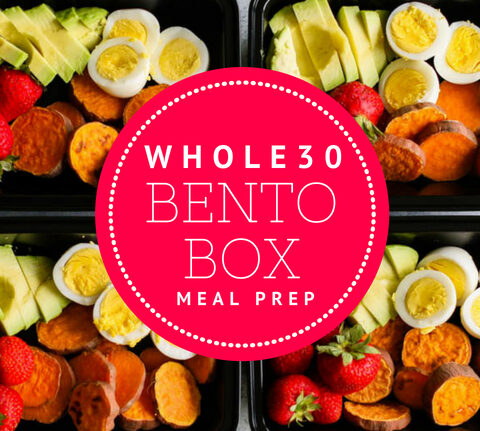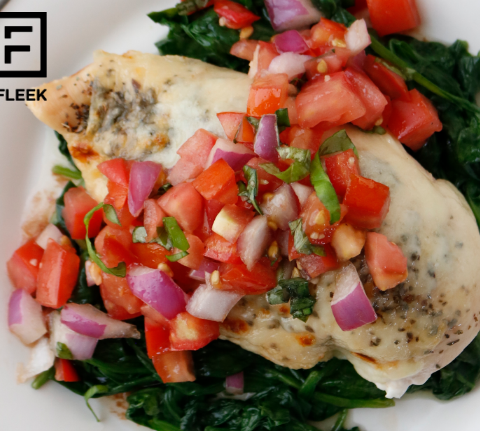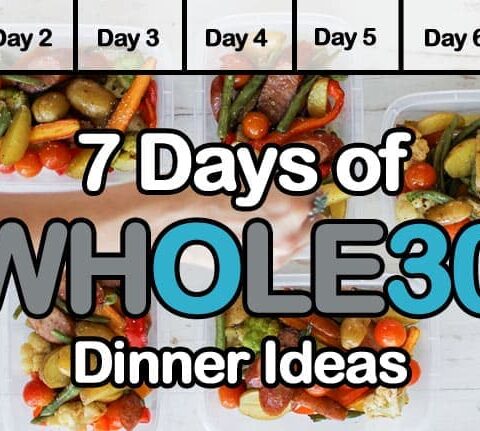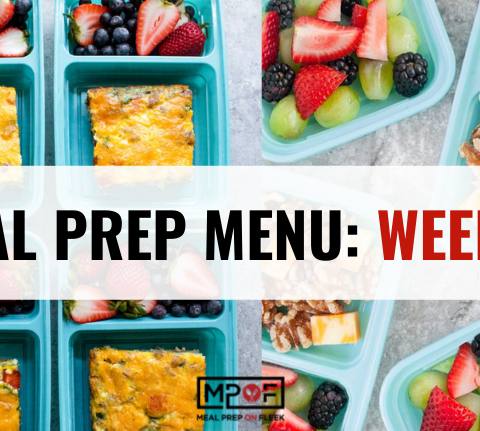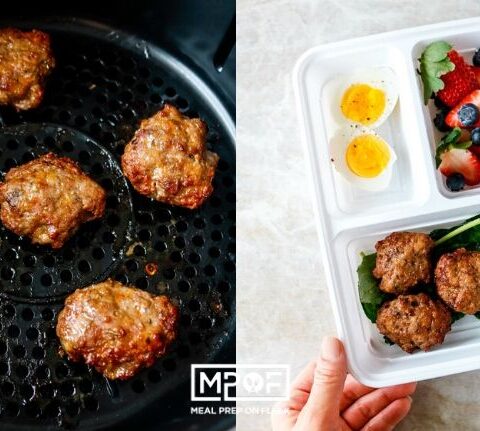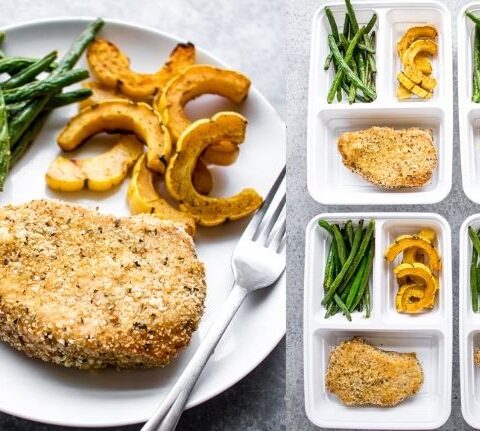Why Should I Make Baby Food At Home?
Several factors contribute to new mothers switching to homemade baby food as opposed to store bought. One obvious factor is the rising cost of store bought baby food. The cost of baby food has always been on a steady increase, each year only increasing by small increments. However, in 2021, baby food prices skyrocketed compared to the fairly consistent trend of the past ten years.
Although fresh produce costs are on the rise too, buying produce in bulk and using meal prepping techniques can yield extra savings. Here is a comprehensive breakdown of how you can start making baby food today!
What Materials Are Needed?
Making homemade baby food will require some equipment to get started. Yeesh, already spending more money. I know! But these are one time purchases and will save you more than it costs to buy them. Not to mention it is possible to find these items for a good price. To make it even easier there are brands that sell baby food prep systems which include all necessary equipment; brands like Nutribullet Baby (pictured below).
Otherwise, the equipment you'll be needing to get started is:
- 4-ounce BPA-Free Plastic or Glass Baby Food Storage Containers
- Vegetable Steamer Basket
- Food Processor
- Silicone Baby Food Freezer Tray
Transitioning from breastfeeding or formula feeding to solids is not as simple as it may sound. It is a long process. Essentially, your baby is learning how to eat as a new functioning human and will need lots of patience, understanding, and time. Therefore, guidelines have been created to help new parents navigate this process. There are three stages to introducing solid foods to growing babies.
- Stage 1: Single Ingredient Purees (4-6 months)
- Stage 2: Combination Purees (7-9 months)
- Stage 3: Small, Soft, And Chewable Pieces (9-12 months)
What Should I Not Feed My Baby?
It is wise for new parents to research the foods babies need to avoid. I’d suggest taking some time to become familiar with that list but here is a few important points new parents should be aware of:
- No excess salt
- No water under the age of 6 months
- No honey under the age of 1 year
- No cow milk under the age of 6 months
- No thick peanut butter or peanut butter-like spread
What Should I Feed My Baby?
Stage 1
There is no evidence suggesting there is a “right order” of foods when introducing your newborn to solids. Introducing common fruits and vegetables is best. After all, these will be the foods present throughout your baby's life. The only thing to remember is to feed single ingredient purees. This will help pinpoint any allergic or digestive reactions. Great fruits and vegetables to puree are:
- Bananas
- Sweet Potatoes
- Apples/Applesauce
- Blueberries
- Raspberries
- Prunes
- Zucchini
- Carrots
- Mango
- Pears
- Peas
- Butternut Squash
- Green Beans
- Kiwi
Stage 2
Now you can begin combining fruits, vegetables, and small amounts of spices! Good spices to introduce to your baby are:
- Cinnamon
- Ginger
- Garlic
- Turmeric
- Black Pepper
- Basil
- Parsley
- Oregano
You can also add cooked meat into purees. For example, boiled chicken breast can be pureed easily. It is very important to triple-check for bones in the meat, as they can be potential choking hazards.
Stage 3
It will be much easier to feed your baby when your baby has a few teeth and is starting to chew. Puree foods for less time to leave soft chewable chunks or cut fruits and veggies that are soft enough to be bit into, like bananas, mangoes, and avocados. You know your baby best. Just like breast or bottle feeding, this journey is still between you and your baby. It is okay to ignore anyone making comments like, “Your baby should be eating __________ by now”. If you are aware your child has trouble chewing certain foods then it is okay to hold off longer while they develop their chewing technique with safer practice.
How To Make Homemade Baby Food
Making homemade baby food is very simple once you understand the basic rules. The biggest rule being: make foods soft to blend easier.
Basic Rules:
- Always wash your fruits and veggies, preferably in a fruit and veggie wash
- Remove dangerous seeds ( ex. Apple, orange, lemon seeds)
- Peel tough or unnecessary skins (ex. mango, bananas, potatoes)
- Make hard fruits and veggies soft ( ex. boil potatoes, steam broccoli, cook apples, etc.)
- Add a few ounces of water or milk before blending
- Debone and fully cook meat
When it's time to start making your baby food and you've prepared your fruits and veggies using the basic rules, it's then as simple as adding ingredients to blend in the food processor. Make bigger quantities, store what is needed for the next few days in jars, and freeze the rest. Baby food can last up to 4 days in an airtight container in the fridge and up to 4 months in the freezer. When preparing leftovers for the freezer, use a freezer tray like the one discussed earlier. This will result in multiple baby sized portions of food that can later be separated into jars and stored to thaw in the fridge. Now, it's time for you to get started! Here are 15 recipes to spark some inspiration!
Stage 1 Baby Food Recipes
Banana Puree Recipe
Banana puree is both a great meal for your baby and a sweet treat!
(Carbohydrates: 13g, Protein: 1g)
Sweet Potato Puree
No one loves and appreciates sweet potato puree like babies do. See for yourself with this super simple recipe.
(Carbohydrates: 17g, Protein: 1g)
Avocado Puree
As a parent you are allowed to apply a tax to all foods prepared for the baby. This is one of those recipes you'd like to tax. Avocado Puree for the baby and Guacamole for the adults!
(Carbohydrates: 6g, Protein: 2g, Fat: 11g)
Peach Puree
Give your baby a taste of summer with this sweet and refreshing peach puree.
(Carbohydrates: 9g, Protein: 1g)
Carrot Puree
A carrot puree is a tasty nutrient dense meal which is perfect for developing babies.
(Carbohydrates: 7g, Protein: 1g)
Stage 2 Baby Food Recipes
Apple Cinnamon Puree
Apple and Cinnamon is an odd match when you think about it but the combination is so effortlessly delicious it somehow seems not so odd at all.
(Carbohydrates: 9g)
Apple, Spinach, and Broccoli Puree
It is good practice to introduce vegetables that don't taste the best but are nutritious to your baby. Some say this can help prevent a picky eater. Pro tip: Mix veggies with Apple and the sweetness will make the vegetables taste better.
(Carbohydrates: 18g)
Chicken Puree
Chicken breast is the easiest meat to prepare and blend. Add seasonings into the mix and your baby will love this savory meal.
(Carbohydrates: 1g, Protein: 14g)
Chicken, Squash and Cauliflower Puree
This wholesome recipe has meat, veggies, and tastes amazing!
(Carbohydrates: 5g, Protein: 10g, Fat: 1g)
Carrots and Butternut Squash
Having a baby makes you try new things. If you haven't tried Butternut Squash yet, this is a great way to. It’s subtly sweet and packed with nutrients.
Stage 3 Baby Food Recipes
Avocados taste great and are the perfect texture for babies learning to chew.
Scrambled Eggs, Strawberries, and Avocado
This is a great meal for your growing baby and a great meal for you too!
Strawberries and Blueberries
Some babies refuse to eat anything good for them. It makes it a struggle to provide a variety of whole foods. Berries will become your new best friend! Strawberries, blueberries, blackberries, raspberries, and so many more to choose from.
Peach Rice Pudding
You don't want to miss trying this recipe. You and your baby will enjoy this sweet, creamy, and delicious pudding.
Chunky Summer Veggie Pasta
A great way to sneak veggies into your baby's diet is through pasta! Works like a charm.


